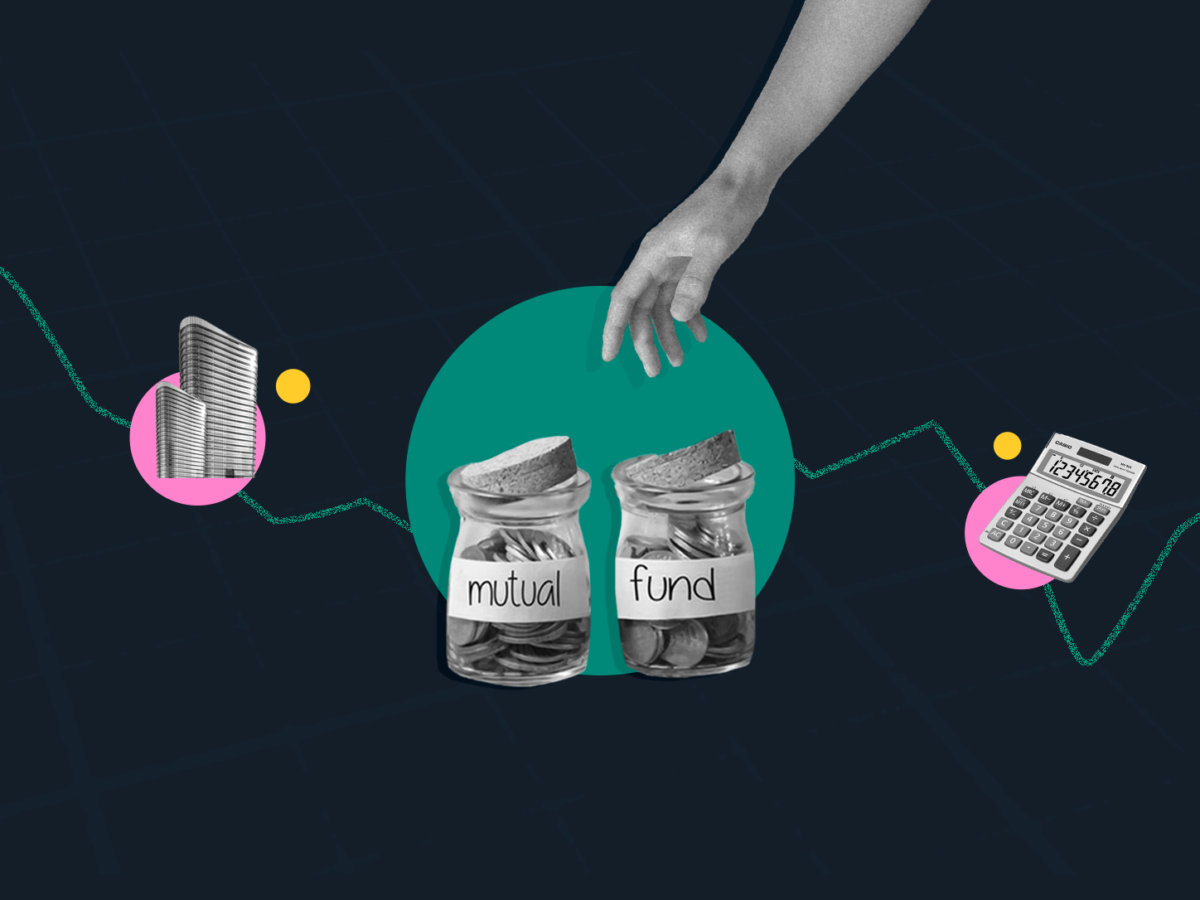How do you calculate indexation in mutual funds?
As an investor in India, you are likely familiar with the concept of mutual funds. But have you heard of indexation in this context?
There are a few key factors you must consider to properly index your mutual fund investments and minimise your tax obligations. Let’s understand indexation and its significance for your investment plans in India.
What is indexation?
In simple terms, indexation is a method used to adjust the cost of an asset over time to reflect inflation. This adjustment ensures that your capital gains are calculated based on the real value of your investment, not just the nominal amount you invested initially.
Benefits of indexation for debt mutual funds:
- Reduced capital gains tax: Capital gains tax is levied on the profit earned from the sale of mutual fund units. By adjusting the cost of acquisition (purchase price) for inflation, indexation reduces the taxable capital gains, ultimately lowering your tax liability.
- Fairer representation of investment returns: By factoring in inflation, indexation provides a more realistic picture of your actual investment returns. This helps you assess your investment performance accurately.
Why is indexation relevant to mutual funds?
Indexation refers to adjusting asset values or incomes to account for inflation. With mutual funds, indexation means adjusting the net asset value (NAV) per unit to account for inflation and cost of living increases. This helps you to maintain the purchasing power of your investments.
Indexation is particularly relevant for debt mutual funds in India. These funds primarily invest in fixed-income securities like bonds and government securities.
How is indexation calculated?
Indexation in mutual funds is calculated using the Cost Inflation Index (CII), published by the Income Tax Department of India. The CII measures the change in inflation over time.
Here’s how the indexation calculation works:
- Identify the CII:
- Determine the year of purchase of your mutual fund units.
- Find the CII for the year of sale from the official CII table provided by the Income Tax Department.
- Find the CII for the year of purchase from the same table.
- Apply the indexation formula:
Adjusted cost of acquisition (ACA) = Cost of acquisition * (CII for the year of sale / CII for the year of purchase)
- Calculate capital gains:
Capital gains = Sale proceeds – Adjusted cost of acquisition
For example:
- You purchased XYZ debt fund units worth Rs. 10,000 in 2018 when the CII was 264.
- In 2023, you sold the units for Rs. 15,000, and the CII was 289.
- Applying the formula, the indexed cost of acquisition = (289 / 264) * 10,000 = Rs. 10,947.
- Therefore, your taxable capital gains would be Rs. 4,053 instead of Rs. 5,000, resulting in a lower tax liability.
Benefits of indexation
- Reduced tax liability: By adjusting the cost of acquisition for inflation, indexation helps to lower your taxable capital gains, resulting in a lower tax burden.
- Accurate reflection of investment performance: Indexation provides a more realistic picture of your actual returns, taking inflation into account.
- Enhanced investment decision-making: By understanding the impact of inflation on your online investments, you can make more informed investment decisions for the future.
Bottom line
Understanding and implementing indexation can significantly reduce your tax burden on debt fund investments. By taking a few simple steps and utilising the available resources, you can make the most of this valuable tax benefit.








